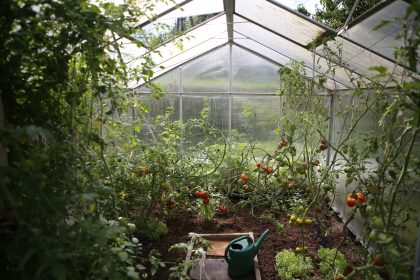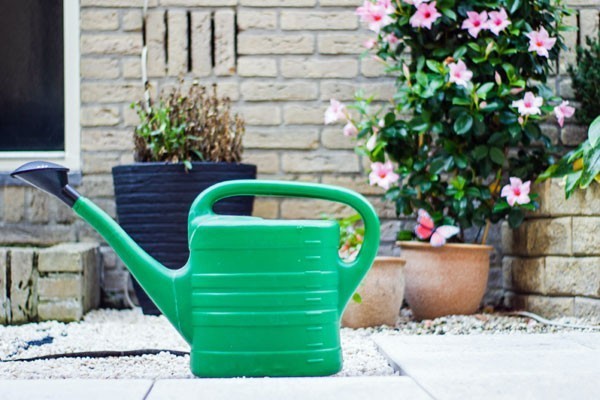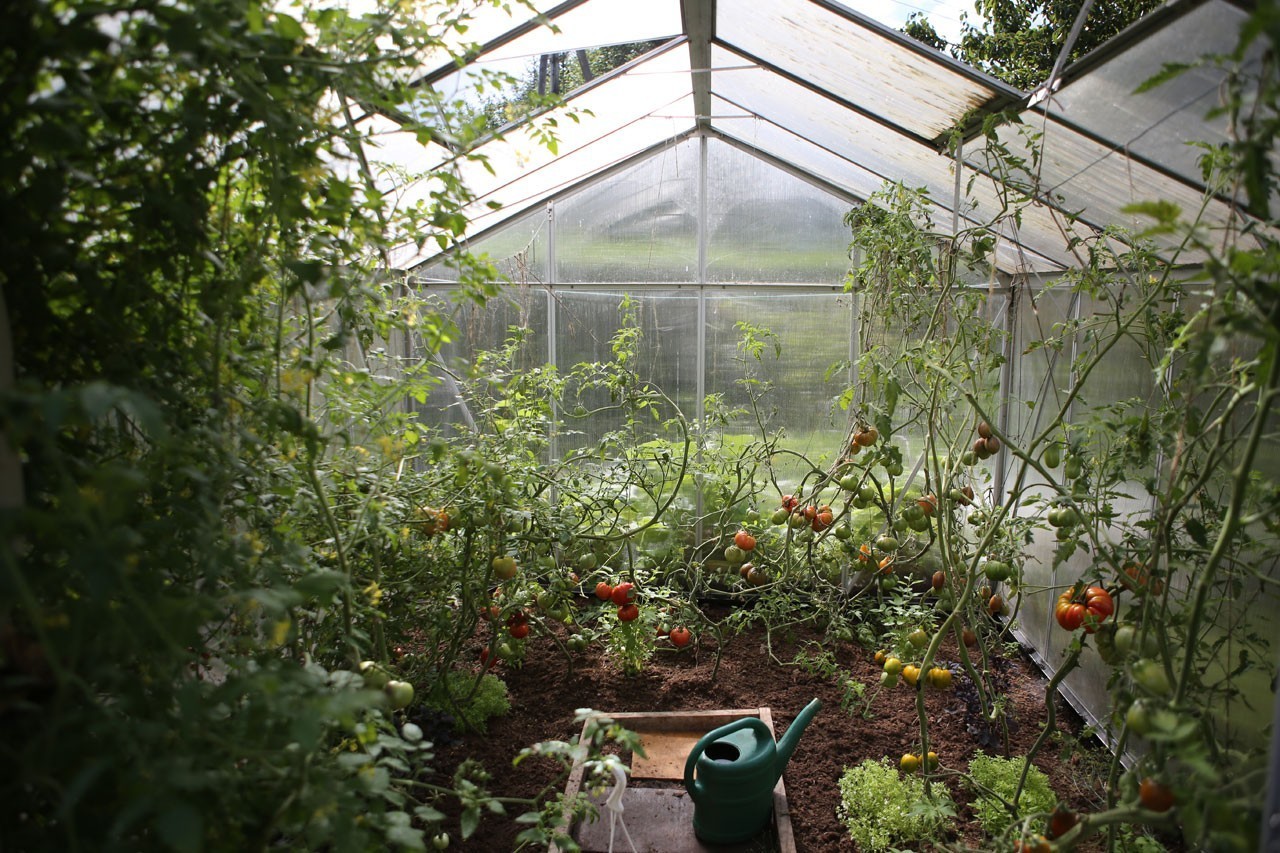Yes, winter is coming, but that does not mean that you can not grow your own crops. Well, of course, you can not grow anything that comes to your mind, but there are some plants that will tolerate even those cooler temperatures that winter brings. So, what are the crops that thrive the most during winter? Vegetables! Some can grow outdoors on their own, but some need protection in the form of greenhouses, raised garden covers or similar. In both cases, one thing is of key importance – sunlight! Your plants can not grow without it. Besides sunlight, you must also make sure that your soil is suitable for planting, that is, it must be fertile and with the temperature around 60°F and 40°F. So, without further ado, here are some crops you can grow in the winter period and whose planting will bring happiness in your garden.
Best Winter Crops
As previously mentioned, there are many vegetables you can grow during the winter period – as long as your soil is fertile and you have enough sunlight. So, if you want to start your own veggie garden, now is the time, as winter crops do not require as much attention as summer ones do. Many of these crops you can put directly in the soil or you can even plant them in separate pots if you move often. Yes, you can even relocate them if you need to. So, here are some winter crops you can grow outdoors:
- Garlic – Probably the easiest and simplest crop to grow. The ideal time for planting is late fall. It is a frost-tolerant crop, but in order for it to grow it needs a lot of compost and mulch for protection. The soil temperature should be around 50°F.
- Onions – Another very easy crop to grow as it basically takes care of itself during the entire winter period. They have a long growing season, so be sure that they will not be ready for harvesting until next summer.
- Carrots – They should be planted somewhere where they can have a lot of sunlight. The roots can survive the light frost, but the top leaves will not tolerate temperatures below zero. For best results, carrots should be harvested before the frost.
- Broccoli – It is a completely frost-resistant crop, and thus a perfect winter plant to grow! This plant thrives in lower temperatures. Plant it in fertile soil and somewhere where there is a lot of sunlight. Do not forget to harvest your broccoli plant before it flowers.
- Kale – It is said that kale tastes even sweeter after the first frost. It does not require as much sunlight as other winter crops do so you can plant it pretty much anywhere in your garden.
- Lettuce – It can be grown during winter, but it requires protection. It also requires sun, fertile soil and moisture. It would be best to grow lettuce under raised garden covers or in greenhouses.
- Spinach – This plant is almost impossible to grow in summer, but in winter – it thrives. It does not need a lot of sunlight and moisture, but it needs to be covered before the first frost.

How to Protect Your Winter Garden
Some of the crops mentioned above do not require any kind of protection from pests, from extreme weather condition and so on. But, some do. So, make sure to research each crop before you plant it. Luckily, even if the plant requires protection, you do not need any high-tech devices. In most cases, simple additions to your existing garden will do the trick.
When it comes to protecting your garden, you have several options. Usually, most people use mulch. Mulch is a mixture of leaves, straws, and pine needles that are layered around the plants’ root. However, if you are keen on planting crops that do need a lot of protection during winter months, you can also opt for a cold frame, unheated greenhouses, row covers, cloches, hoop tunnels or hotbeds.

When to Water Your Winter Crops
After you realize your ideas for small gardens, plant your crops and make sure that they are protected, the only thing left to do is to water your winter garden until your plants are ready for harvesting. The good news is – you will not have to water your plants a lot nor too frequently. This is because winter months have less sun and even less evaporation, unlike in summer months. Again, talk to an expert, or analyze and research each plant in your garden before you plant it. However, you can always follow the golden rule – if you touch the soil and it seems dry, water it.

How to Harvest Your Winter Crops
When it comes to harvesting, the method that proved to be the best is the so-called ‘cut and come again’ method. Basically, you should only cut off the leaves when necessary and leave the roots in the ground untouched. This will inspire new leaves to grow and prolong the life of your winter crop. When harvesting, choose mid-afternoon. If the temperature is too low during harvest, you might entirely kill the plant. Moreover, do not forget to properly cover the basket or box you are using for collecting your harvested plants, as it is highly possible for greens to freeze on your way home.
Author Bio
Angie Collins has been working as a moving consultant for Tik Tok Moving and Storage Queens for the last 10 years. She is a reliable and humorous person. During her free time, she enjoys gardening, writing blogs and walking with her dog. She is also a wife and a mother of two girls.
Feel like doing a little entertaining after tending to you winter garden? Check out these ideas at Sloane and Sons for their ideas on entertaining outside in the winter.
